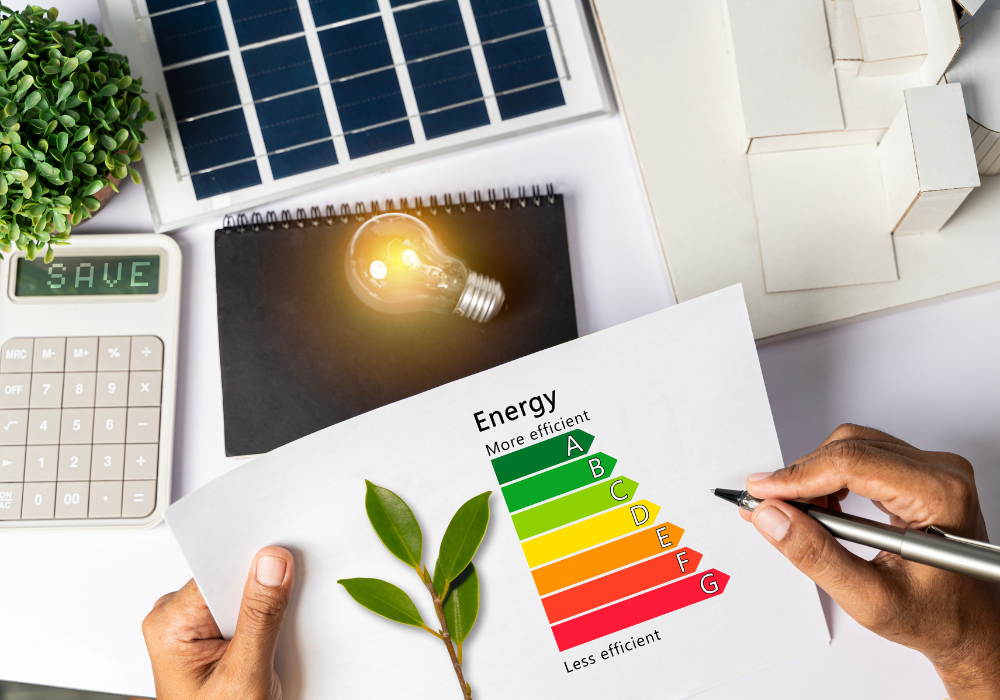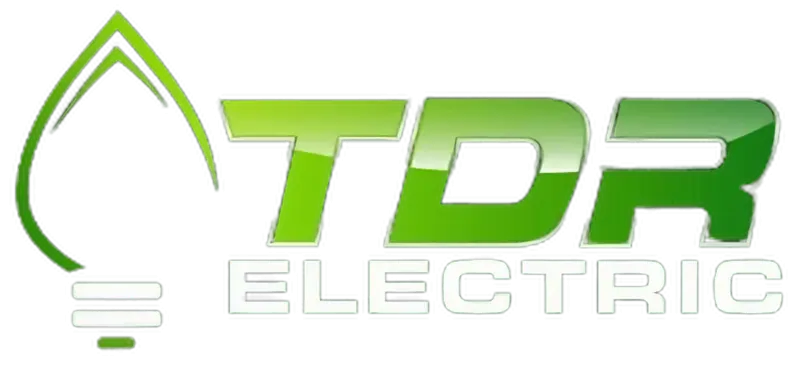In today’s world, energy efficiency isn’t just a buzzword—it’s a necessity. With rising energy costs and increasing environmental concerns, homeowners are looking for ways to reduce their carbon footprint while saving money. This blog post will guide you through various energy-efficient electrical upgrades that can make your home more sustainable and cost-effective. From understanding what these upgrades entail to practical steps for implementation, we’ve got you covered.
 Understanding Energy-Efficient Electrical Upgrades
Understanding Energy-Efficient Electrical Upgrades
Energy-efficient electrical upgrades involve replacing or modifying existing electrical systems and appliances to reduce energy consumption. These upgrades not only help in lowering your electricity bills but also contribute to environmental conservation. From lighting solutions to smart home systems, there are multiple avenues to explore when it comes to making your home more energy-efficient.
Top Electrical Upgrades for Energy Efficiency
LED Lighting
LED lighting is one of the simplest yet most effective energy-efficient upgrades you can make. Unlike traditional incandescent bulbs, LEDs consume significantly less electricity and last much longer. This means fewer replacements and more savings for you. According to the U.S. Department of Energy, LED bulbs use at least 75% less energy and last 25 times longer than incandescent lighting.
Switching to LED lighting not only reduces your energy bills but also enhances the quality of light in your home. LEDs come in various colours and intensities, allowing you to customize your lighting to suit different rooms and moods. From bright white lights for your kitchen to warm, cozy hues for your living room, LEDs offer versatility without compromising on efficiency.
Smart Home Systems
Smart home systems are revolutionizing the way we manage energy consumption. These systems include smart thermostats, lighting controls, and energy monitoring devices that allow you to optimize energy use effortlessly. For instance, a smart thermostat can learn your schedule and adjust the temperature automatically, ensuring optimal comfort while minimizing energy waste.
Lighting controls, such as dimmers and smart switches, can be programmed to turn off lights when not in use, further reducing energy consumption. Energy monitoring devices provide real-time data on your electricity usage, helping you identify areas where you can cut back. By integrating these smart technologies, you can achieve significant energy savings and enjoy a more convenient lifestyle.
Energy-Efficient Appliances
Replacing old, energy-draining appliances with energy-efficient models is another impactful upgrade. Look for appliances with the ENERGY STAR label, which signifies that the product meets strict energy efficiency guidelines set by the U.S. Environmental Protection Agency. Energy-efficient refrigerators, washing machines, and dishwashers consume less electricity and water, leading to substantial savings over time.
For example, an ENERGY STAR-certified refrigerator uses about 15% less energy than non-certified models. Similarly, energy-efficient washing machines use approximately 25% less energy and 33% less water. Investing in these appliances not only lowers your utility bills but also contributes to a greener planet.
Solar Panels
Solar panels are a game-changer when it comes to energy efficiency. By harnessing the power of the sun, you can generate electricity and reduce your reliance on the grid. Solar panels convert sunlight into electricity, which can be used to power your home. Any excess energy can be stored in batteries or fed back into the grid, potentially earning you credits on your electricity bill.
While the initial investment in solar panels can be high, federal and state incentives can offset some of the costs. Over time, the savings on your electricity bills can make the investment worthwhile. Plus, solar panels increase the value of your home and reduce your carbon footprint, making them a win-win solution for energy-conscious homeowners.
Insulation and Sealing
Proper insulation and sealing are crucial for maintaining energy efficiency in your home. Poorly insulated homes lose heat in the winter and cool air in the summer, leading to higher energy consumption and costs. By improving insulation and sealing leaks, you can create a more comfortable living environment while reducing your energy bills.
Insulating your attic, walls, and floors can prevent heat loss and improve the overall efficiency of your heating and cooling systems. Additionally, sealing gaps around windows and doors can stop drafts and keep conditioned air inside. These upgrades not only enhance energy efficiency but also improve indoor air quality and comfort.
 The Financial and Environmental Benefits of Energy-Efficient Upgrades
The Financial and Environmental Benefits of Energy-Efficient Upgrades
Investing in energy-efficient electrical upgrades offers several financial and environmental benefits. Lower energy consumption translates to reduced utility bills, providing immediate savings. Over time, these savings can offset the initial investment costs, making energy-efficient upgrades a financially sound decision.
From an environmental perspective, reducing energy consumption helps decrease greenhouse gas emissions, contributing to a healthier planet. By adopting energy-efficient technologies and practices, you can play a part in mitigating climate change and conserving natural resources for future generations.
Steps to Implementing Energy-Efficient Electrical Upgrades in Your Home
Assess Your Current Energy Use
The first step in making your home more energy-efficient is to assess your current energy use. Conduct an energy audit to identify areas where you can improve efficiency. This can be done by a professional or using DIY tools available online. An energy audit will provide insights into your energy consumption patterns and highlight opportunities for upgrades.
Prioritize Upgrades
Once you have identified areas for improvement, prioritize the upgrades based on their potential impact and feasibility. Start with low-cost, high-impact upgrades like switching to LED lighting and installing smart home systems. Gradually move on to more significant investments like replacing appliances and installing solar panels.
Plan Your Budget
Energy-efficient upgrades can require an initial investment, so it’s essential to plan your budget accordingly. Consider the costs and benefits of each upgrade and explore financing options if needed. Look for federal and state incentives, rebates, and tax credits that can help offset some of the costs.
Implement Upgrades
With a clear plan and budget in place, start implementing the upgrades. Work with reputable contractors and suppliers to ensure quality and reliability. Keep track of the progress and evaluate the impact of each upgrade on your energy consumption and savings.
Monitor and Maintain
Once the upgrades are in place, monitor your energy consumption regularly to ensure they are working as expected. Perform routine maintenance to keep your systems and appliances in optimal condition. Regular monitoring and maintenance will help you sustain energy efficiency and maximize the benefits of your upgrades.
Energy-efficient electrical upgrades are more than just a trend—they are a necessity for a sustainable future. By investing in these upgrades, you can enjoy immediate financial savings, enhance the comfort of your home, and contribute to environmental conservation. The future of energy-efficient homes lies in smart technologies, renewable energy sources, and sustainable practices.
